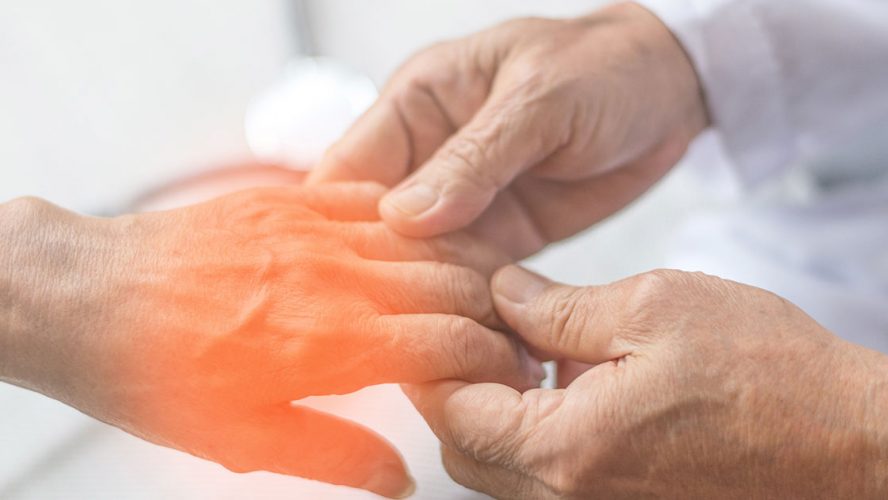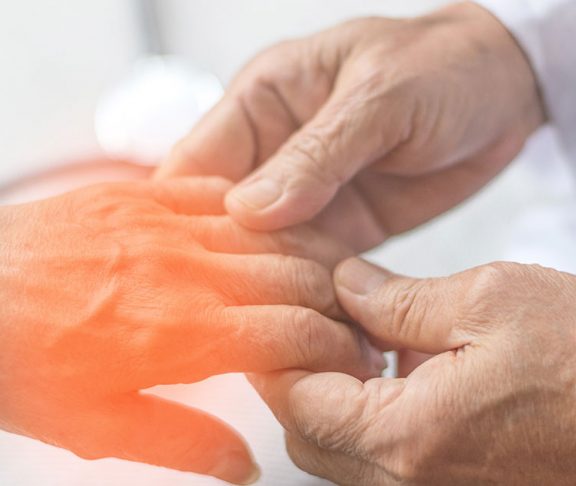Nerve damage from diabetes frequently results in foot pain. A non-prescription topical cream may be an alternative treatment to conventional drugs.
As many as 30 million people in the United States suffer from peripheral neuropathy (PN), nerve damage that causes pain and other sensations in the extremities. Most PN is associated with diabetes. A pioneer in podiatric medicine, Dr. Arlene Hoffman has been treating patients suffering from PN for decades. “I like to get what causes a problem and not just treat the symptoms,” she says.

Dr. Arlene F. Hoffman, DPM, Ph.D
How do you know if you’re suffering from PN?
Do your socks feel like they are bunched in your shoes? Do you have numbness or tingling in your feet? These are classic signs of PN. A simple test is to take a toothpick and tap the sharp end several times on the inside of your ankles. Then tap on the underside of your toes. If you feel less sensation at your toes than at your ankle, you may have peripheral neuropathy. Consult a health practitioner.
How is PN typically treated?
It’s often treated with prescription oral medications, which are generally not effective and are associated with unwanted side effects such as drowsiness, dizziness, blurred vision, nausea, diarrhea, and weight gain.
What’s the role of L-arginine and nitric oxide in PN?
L-arginine is a naturally occurring amino acid in your body that produces nitric oxide, which plays a critical role in peripheral nerve function.
What alternatives to prescription drugs exist for PN?
A cream containing L-arginine can reach the damaged nerves in the feet that cause PN because the peripheral nerves lie just below the surface of the skin. I looked for a topical L-arginine formulation and found Neuro One, an L-arginine cream with Vitamin B-12, which is also essential to nerve function. I have used it on my patients suffering from peripheral neuropathy with extremely positive results.
How does Neuro One work?
When applied to the foot and ankle, the cream is absorbed and nourishes the underlying nerves. There are no associated side effects. Patients should apply it to the entire ankle, foot, and toes. Most patients notice an improvement within days; for some, it may take up to a month.
To learn more about peripheral neuropathy and Neuro One, please visit www.neuropathyresearch.com.

